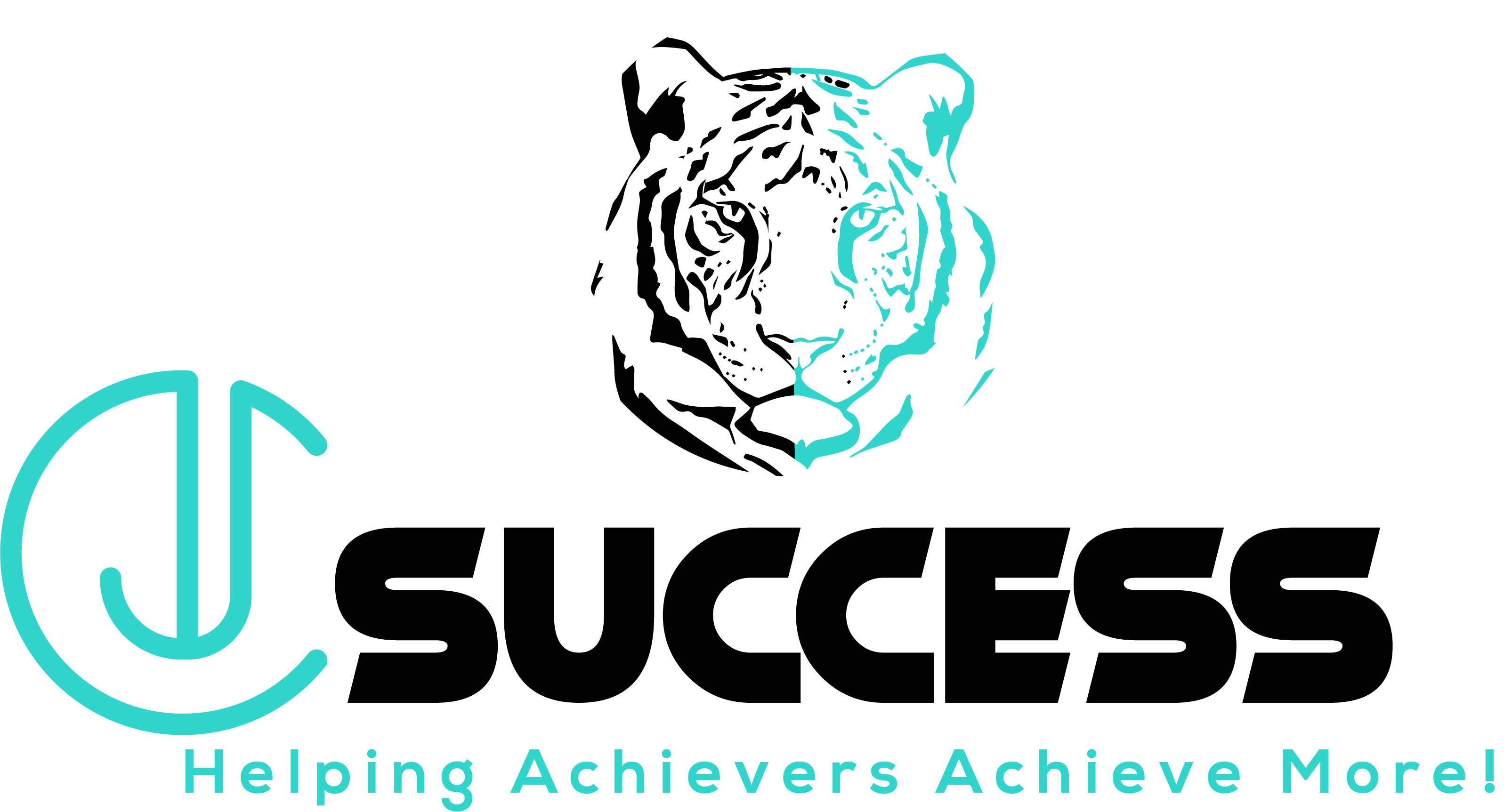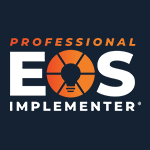0
+
Add your comment
UPCOMING EVENTS

The Foundation of Your Business
Rachel Lebowitz | Professional EOS Implementer
August 29, 2023
by Rachel Lebowitz - Professional EOS Implementor
Last month we discussed that business is an “art and science” and that most businesses spend too much time becoming “smart” with systems and processes and not enough time on being “healthy” with open and honest communication for the greater good of the company.
Before we discuss the science of business, we must take a moment to step back and appreciate that a “business” is an independently functioning organism.
In order for a business to have longevity, it must become its own breathing organism. As an owner and entrepreneur, you must find ways to have your business function without you keeping your hands on the lever all the time. Your fingers will get numb. You’ll get tired and run out of gas.
Creating a self-propelling organism can mean hiring people to help you run your business, creating systems and processes and automating some of your business procedures.
Even more so, businesses evolve.
You must be able to step back and see how your business can self-function. Just like your body’s organs must coordinate in order to function properly, your business is the same. Your people, functions and processes must run on a pulse and in sync.
Healthy and well self-living organisms must have defined roles for each segment that create a whole. A cell has a nucleus, membrane, mitochondria etc. And each of these know their role and they stick to it. The mitochondria will fail if it tries to do the nucleus’s job.
The same is in business.
The universal truths of business are that all profitable businesses must have three major functions. Sales/marketing, operations of making or providing a product or service, and finance/ human resources.
Typically, the larger an organization becomes the more those functions are divided into separate departments and branch out. A company with 100 employees will have a whole HR department while a company of 10 will presumably just have the finance person doing the human resources tasks.
I want to add here, if you are a solopreneur (a single person running a business), these concepts apply to you, too. Take a moment to think, what is your future goal for your business?
Do you want to stay a solopreneur forever? That is great too. Not having to oversee employees saves a lot of time and headaches. A friend of mine sells appliances and says she never wants to hire anyone. It frees her of being able to travel, not account to anyone and not hold anyone else accountable. She's willing to grow her business only to the maximum point where she can handle all the work herself. It is so important to be aware of where you want to take your business (more on the vision of business another time), because you don't want to find yourself with a business that spiraled way beyond the energy you are willing to give to it.
Yet, your business still needs to have those three major functions defined and you can imagine yourself wearing those different hats as you do the work for each function of your business. That would mean to discipline yourself and work in blocks of time on each function, not to try to do the bookkeeping while filling orders, and to know the difference between generating sales and customer service.
Creating a defined structure for your business will create that “pulse” we are looking for. It will clear up and define lines of communication and accountability.
What happens when one or more of these major business functions are weak or broken?
Let’s see…
You have a great sales and marketing department; you are creating demand! Turning that demand into orders at lightning speed. But once this demand gets transferred into the operations department, operations are lacking. There is no process or system, quality control and consistency is poor. You are essentially creating a terrible customer experience and losing the opportunity for repeat customers. Other potential customers will eventually find out and stop patronizing your business.
Here is another scenario: Your sales and marketing game is strong. Your operations is “on point!” You have a process and consistency. You have the capacity to accommodate the demand of business. You have well trained employees who are delivering each and every time par excellence.
But there is a black hole in your finances. You can’t figure out how to price your product profitably. Money seems to be running out the back door and you can’t seem to track it down. Your numbers aren’t matching up, or maybe there isn’t even anyone monitoring your numbers.
You get the picture. The probable chances of surviving in business with a weak finance function are pretty bleak.
Lastly, what happens when you have a stellar operations and finance function but you aren’t generating interest and demand to turn into orders?
You might be marketing to the wrong target market. Or your sales department is weak and turning people away at the front door. They are not showing interest, enthusiasm and assurance. You’ll find yourself with employees sitting around waiting for work. Surely something that won’t last too long either.
Therefore, before focusing on any particular department we must focus on the business as a whole. We must define the structure of the business, preferably in the form of an accountability chart.
An accountability chart is an organizational chart on steroids. It’s built looking towards the future, where you want to be in the next six to 12 months in your business.
We start by defining the structure of the organization and building each function.
It’s powerful because it crystallizes the right structure and illustrates all available seats in your organization. In addition, it clarifies who reports to who and who is accountable for what.
Then, each seat must have three to five roles to define what the person sitting in that seat is accountable for.
Only after we have all this done, do we place people in seats.
It is dangerous to build a business around a person. The structure of your business will outlast people. Each person sitting in a seat on the accountability chart must GWC their seat. That means “Get it, Want it and have the Capacity” to do their defined roles.
You can’t teach a fish how to fly and you can’t pay people enough to want their jobs.
As you can see, there is a clear fundamental science to running a business. Focusing on getting each function strong and healthy is vital to your success.
Homework:
Take five minutes to draw out the structure of your business.
What departments do you have?
What are the roles?
Who sits in which seat?
We’d love to hear from you!
If you have any thoughts, takeaways, questions, or comments, please share them with us and we’ll do what we can to have the expert address your message in next month’s edition! As an added bonus, if you’re a paid member, you can share your company name and your position, and the expert will include that when addressing your point!



